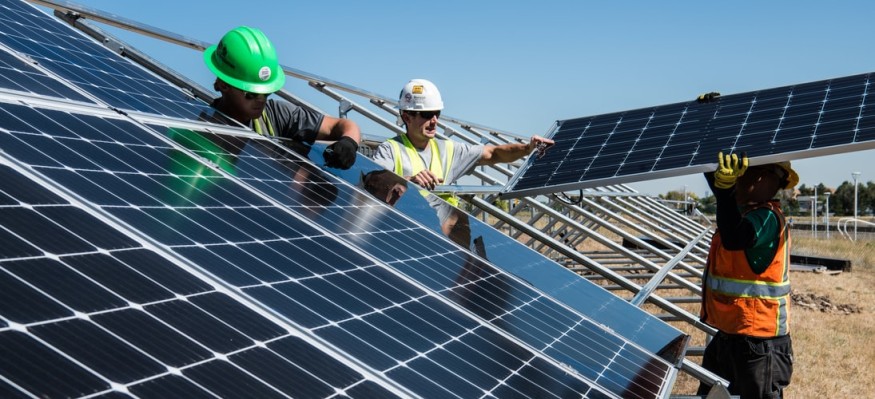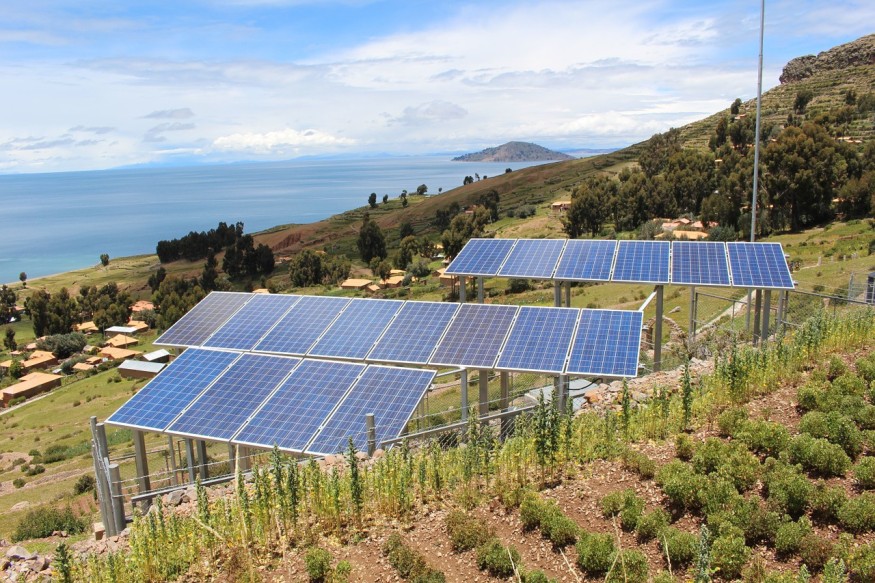Over the Easter bank holiday, the power grid in the United Kingdom had its greenest day ever, thanks to a boom in clean energies due to sunny and windy conditions.

Power Plants All Over the UK

According to National Grid's electricity system operator, power plants producing electricity in England, Scotland, and Wales generated just 39g of carbon dioxide per kilowatt-hour of electricity on Monday, the lowest carbon intensity recorded since National Grid records started in 1935.
The new low shattered the grid's previous low of 46g set on May 24, 2016, during the country's greenest month for electricity generation ever.
Green Power

As households enjoyed a bank holiday lunch on Easter Monday, wind turbines and solar farms generated 60% of all electricity. At the same time, nuclear plants in the UK delivered 16% of the energy mix, implying that almost 80% of the grid was fuelled by low-carbon sources.
The low-carbon power boom, combined with lower-than-average energy demand over the bank holiday, held gas-fired power in the UK at 10% of the electricity mix, reducing the electricity system's "carbon strength" to its lowest level on record.
Related Article : 24-Hour Underground Lighting? 'Smart' Daylight Harvesting Device Developed by Students
Decrease in Demands

Due to a decrease in demand for power from office buildings, restaurants, and hotels that have been idle for most of the last year due to the Covid-19 pandemic, the UK's electricity emissions have decreased significantly in the last year.
Despite the steady reopening of the economy, the electricity grid operator said demand for electricity remained 5% lower than average last month, compared to about 20% below normal levels in April previous year.
Related Article : Australia's Ruling Party Opposes Prime Minister's Climate Policy; PM Put in a Tough Spot
March Power Usage
Last month, wind and solar power accounted for 24% and 4% of total electricity production, respectively, while gas-fired power plants accounted for 39% of the entire electricity generation. The carbon intensity was 185g of CO2/kWh in March. However, it is projected to decrease as solar power plays a greater role in fulfilling the country's energy demand during the summer months.
According to Fintan Slye, a director at National Grid's device operator, the latest record is yet another example of how Britain's electricity system is changing "at an astonishing pace" as the sector shifts away from fossil fuels and toward renewable energy sources.
Read also: Greener Earth: The Real 'Big' Problem
Greener Future

Carbon intensity dropped to 181g of CO2/kWh in 2020, owing in part to a decrease in energy demand during the coronavirus lockdowns. However, to meet the UK's climate goals, the energy system's carbon intensity must be reduced to about 50g CO2/kWh in 2030, 10g CO2/kWh in 2035, and 2g CO2/kWh by 2050.
"It's an exciting moment, and the success we're making in these records underscores the big steps we're taking toward our aim of running the system carbon-free by 2025," Slye said.
For more Environmental news, don't forget to follow Nature World News!
© 2025 NatureWorldNews.com All rights reserved. Do not reproduce without permission.





